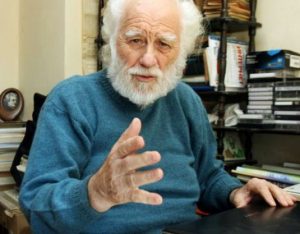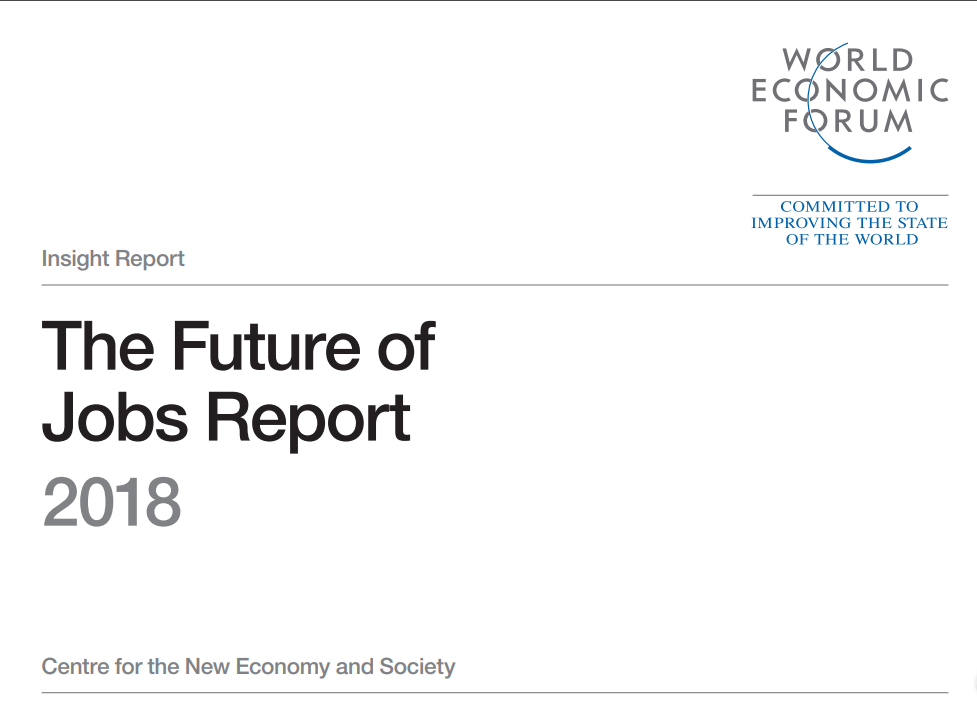DEFINITION
Learning is an internal mental process and an effective learning accelerator is any deliberate external intervention that makes this happen more quickly.
OVERVIEW
According to the World Economic Forum 2018 Future of Jobs Report, 75 million jobs are expected to be displaced by 2022 in 20 major economies. At the same time, technological advances and new ways of working could also create 133 million new roles, driven by large-scale growth in new products and services.
There are therefore huge social and and business incentives to increase the pace at which employees acquire new knowledge, skills and behaviours. So how are major organisations going to deliver the further massive step-change in the pace of learning needed to meet the challenges of re-skilling?
We cannot directly influence the pace of learning going on inside someones head – we can only optimise the relevance, intensity and pacing of their exposure to learning experiences.
The solution for major employers therefore lies in consistent application of of the Seven Guiding Principles of Accelerated Learning.
THE roots of Accelerated Learning
 The roots of accelerated learning date back to the 1960’s and the work of Dr. Georgi Lozanov, a Bulgarian professor and psychotherapist based on a language teaching technique he termed Suggestopedia.
The roots of accelerated learning date back to the 1960’s and the work of Dr. Georgi Lozanov, a Bulgarian professor and psychotherapist based on a language teaching technique he termed Suggestopedia.
Lozanov’s theories and practice triggered a broad-based accelerated learning movement in the West from 1976 onwards, where various techniques not originally included by Lozanov were introduced.
Accelerated learning reflects the insight that knowledge is not something that a learner simply absorbs, but something that a learner must actively create or construct.
Approaches to learning should therefore be learner-centred and activity-based, rather than instructor centred and presentation based. The approach stresses the importance of offering a rich mix of learning options capable of stimulating all of the learner’s senses.
Over the years academicians, researchers, and professionals from a range of disciplines including educational training, medicine and psychology further developed and expanded Lozanov’s ideas.
Accelerated learning found a receptive audience in the world of corporate learning as a cost-saving model, producing proven positive impacts on those trained (Zemke, 1995). In 2000 Dave Meier wrote his landmark book: The Accelerated Learning Handbook: A Creative Guide to Designing and Delivering Faster, More Effective Training Programs.
There have been many advances in our scientific understanding of how the brain actually works since the year 2000. Some theories previously advanced under the broad banner of the accelerated learning movement are no longer recognised. However the seven guiding principles upon which the accelerated learning movement was based do remain entirely valid and are very useful to us today.
THE SEven Guiding Principles
Learning and memory can be enhanced by experiences that involve movement, journeys, emotions and stimuli received by multiple senses. For example – do you ever find particular smells trigger vivid childhood memories? That is a great example of multi-sensory learning at work.
In other words, knowledge is not something a learner simply absorbs, but something that they need to internally frame and construct. Learning only occurs when someone integrates the new knowledge, skill or behaviour into their pre-existing structures of understanding.
Since human beings are essentially social creatures, good learning has a social base. We learn more by co-operating with peers and a genuine learning community is generally more effective than a scattered collection of isolated individuals.
Good learning engages people on many levels at once, not necessarily in a linear fashion, using all the senses available to enter the learners body and brain.
People learn best though context, not simply content. When information is stripped of relevance learners find this very hard to integrate into their existing mental structures for the world around them. They struggle to create meaning, and memory as a result. The real and the concrete are therefore more useful than the hypothetical and abstract, providing learners are given time for immersion, feedback, reflection and re-immersion,
Emotions govern the quality and quantity of learning. Negative stressful emotions inhibit learning, whereas positive feelings accelerate it. People like repeating rewarding experiences, but resent repeating negative ones. Did you have a favourite subject at school? Was this your favourite because you were good at it? Or were you actually good at it because it was your favourite?
Human beings are outstanding image processors and this involves less effort than processing words. Translating verbal concepts into moving and still pictures make these easier to contextualise and integrate into existing mental structures.
These essential principles are now nearly twenty years old. However they still resonate powerfully in 2019.
This is partly because there are now so many more ways that these principles can be consistently applied using modern social learning media, simulation technologies, digital video platforms and other technologies still coming to market.

WHERE NEXT?
Major organisations have spent the last two decades stripping out the personnel, cost and inefficiency previously associated with travelling to traditional face-to-face courses.
Remote, self-paced forms of digital learning are now the default learning accelerator in use by many major organisations, particularly for compliance purposes.
However the focus on simply stripping out travel cost and mandating compliance is not serving learners or employers well.
The seven key principles listed above have either been forgotten or have not been consistently observed when new technologies have been implemented.
In the case of refresher compliance e-Learning, learners are forced to endure hours of very limited slavish interaction with content they have already grasped and have interacted with before on a regular basis. This is not good for employee engagement and represents a huge lost-opportunity cost for major organisations.
Whilst blended learning is well known as a concept, few organisations have wholeheartedly embraced the approach. As a consequence, the learner experience is generally more fragmented and disjointed than it really needs to be.
Now that we have reached this point – what next?
This is a dilemma faced by many major organisations. There are now many thousands of innovative learning accelerator technologies and products on offer for organisations to explore, trial and perhaps embrace. More are emerging quite literally day by day, so keeping up-to-date is virtually impossible.
Driven by the demand for agility, organisations are keen to make the leap and embrace adaptive, VR mobile and micro learning, AI and AR performance support systems.
Their key challenge lies in identifying the organisational problems rooted in human performance, specifying the optimum solution in detail and then picking the right technology and vendor from the seething global learning solution marketplaces.

OUR MISSION
The World Economic Forum whitepaper ‘Accelerating Workforce Reskilling for the Fourth Industrial Revolution’ projects that around 35% of the skills demanded for jobs across a range of industries will have changed materially by 2020.
The unprecedented pace of change creates a new challenge for modern organisations seeking to remain agile, relevant and competitive.
Employers find themselves being driven to seek innovative forms of learning acceleration, capable of delivering engaging, personalised, memorable employee learning experiences.
All this means that major organisations now need the services of an agile learning partner – experts in providing vendor-neutral advice on innovative, more complex and powerful learning solutions deployed in alignment with the Seven Guiding Principles of Accelerated Learning.
Major employers need our help to shape their workforce of tomorrow, today. That is the philosophy and the mission of Learning Accelerators.
